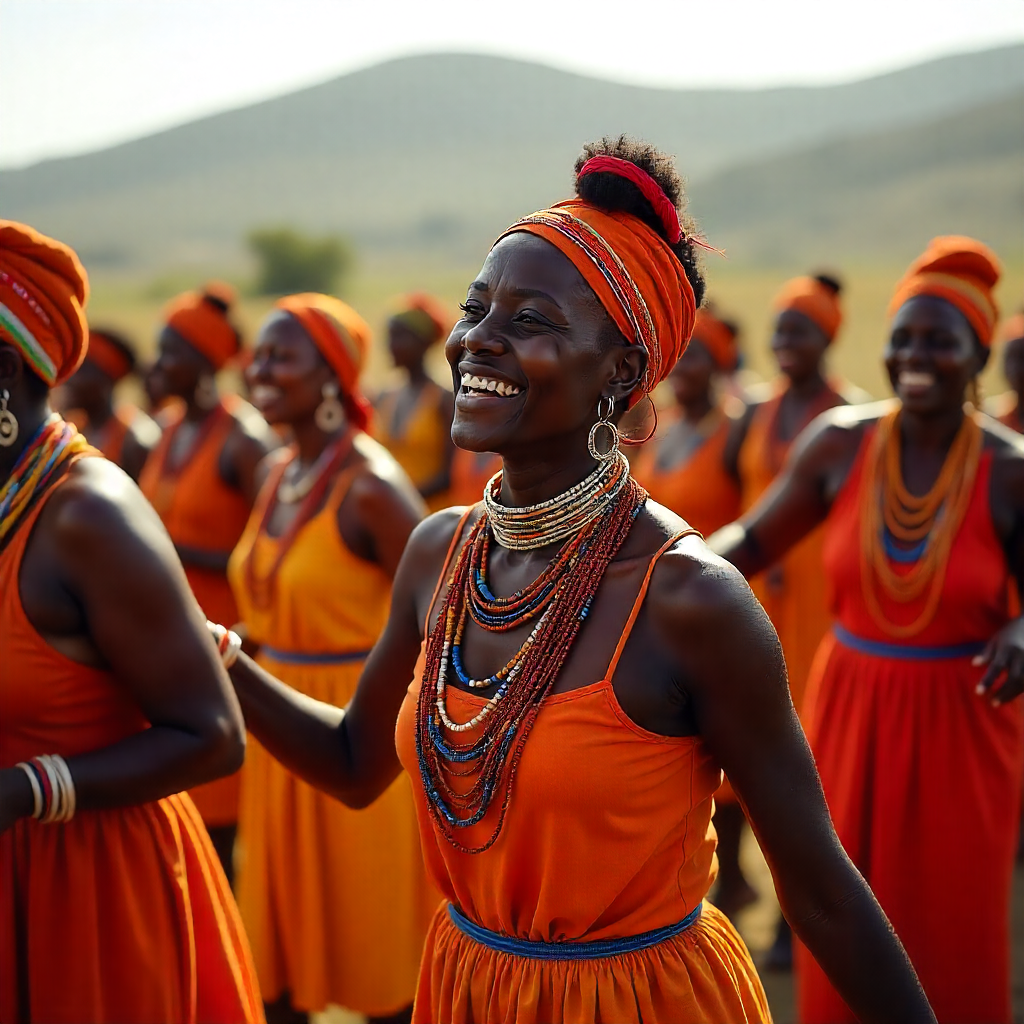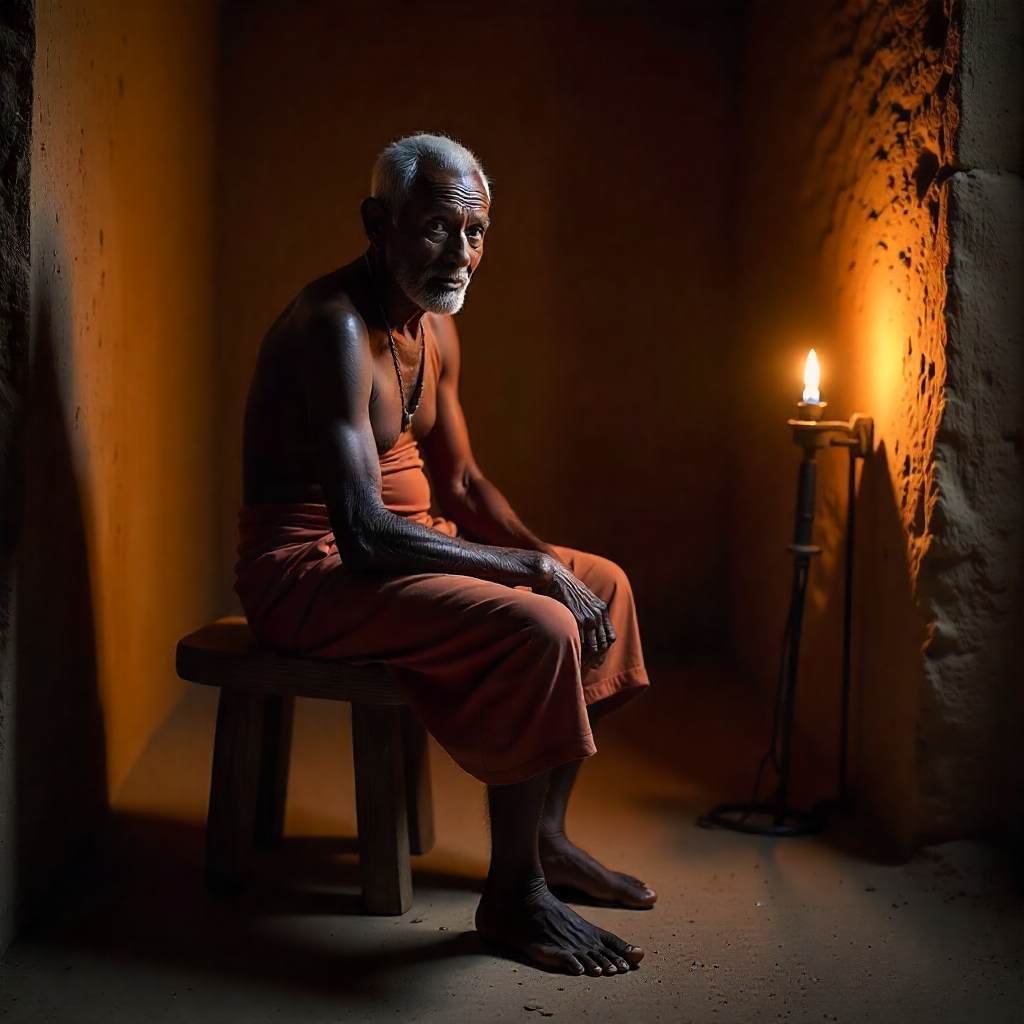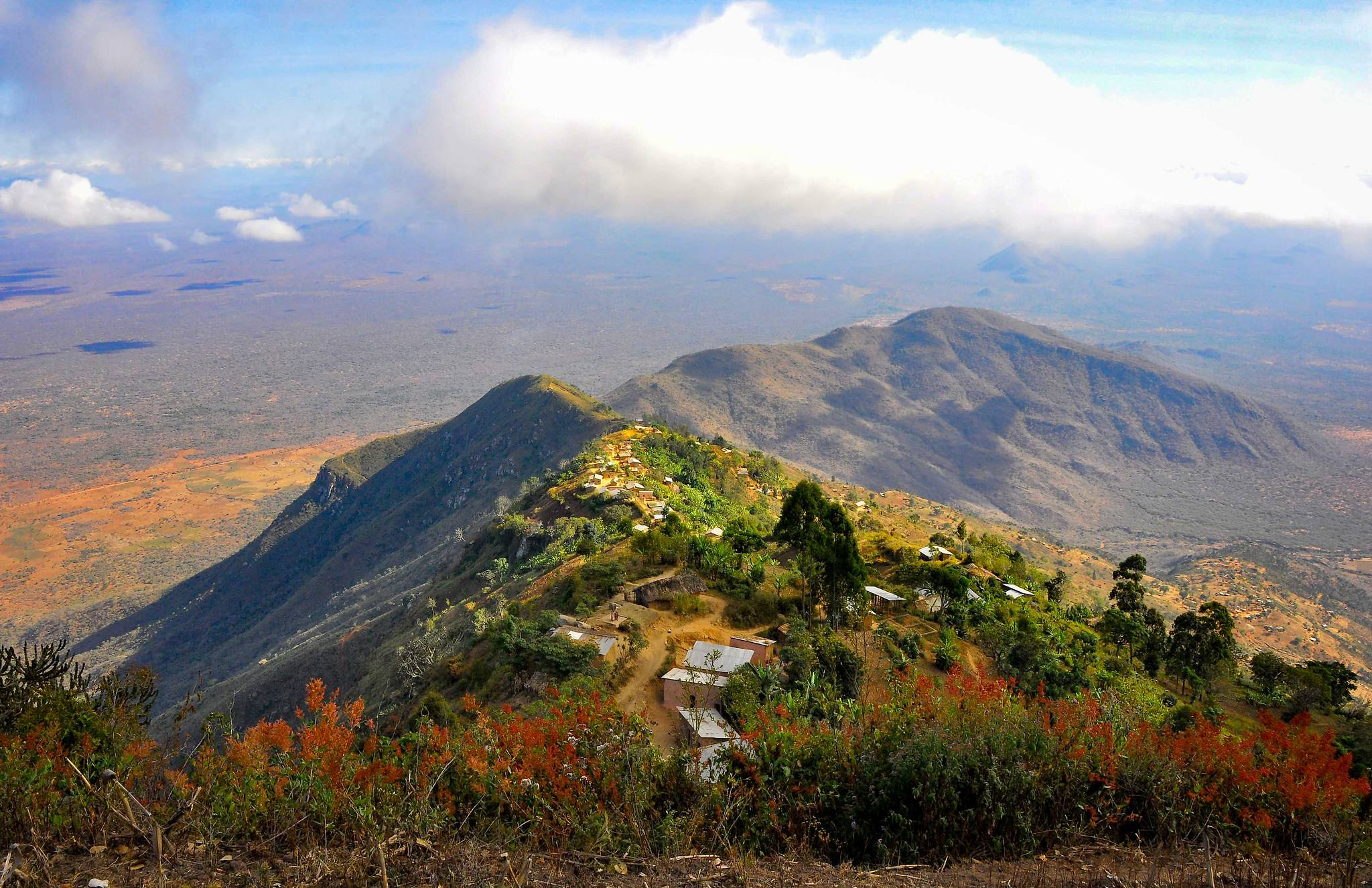
The Sambaa, also known as the Washambaa, are a Bantu ethnic group indigenous to the Usambara Mountains in the Tanga Region of northeastern Tanzania. Their history is deeply intertwined with the rise and fall of the Shambaa Kingdom.
The Shambaa Kingdom

The Shambaa Kingdom was founded in the late 18th century by Mbegha, a renowned hunter and leader. According to oral tradition, Mbegha migrated from the Pare Mountains and, through his wisdom and prowess, unified the various clans in the Usambara region. His son, Kimweri ye Nyumbai, expanded the kingdom’s influence in the 19th century, establishing a centralized political system and a powerful military. The kingdom prospered through trade, particularly in ivory and slaves, and its rulers, known as Simba Mwene, held significant political and economic power.
The arrival of the Germans in the late 19th century marked the beginning of the kingdom’s decline. The Germans, seeking to establish colonial control, systematically dismantled the Shambaa Kingdom’s political structure. Despite a few rebellions, the Sambaa people were eventually brought under German colonial rule, and later, British rule after World War I.
The Shambala Language
The Shambala language, also known as Kishambaa, is a Bantu language spoken by the Sambaa people. It is part of the larger Bantu language family, which is spoken across a vast area of sub-Saharan Africa. Shambala is closely related to other languages in the region, such as Pare and Bondei.

The language has a rich oral tradition, featuring numerous proverbs, folk tales, and historical narratives that have been passed down through generations. While some Christian missionaries developed a written form of Shambala using the Latin alphabet in the 20th century, its primary mode of communication remains oral. Today, Shambala is spoken by hundreds of thousands of people in Tanzania, although Swahili, the national language, is also widely used among the Sambaa people.



